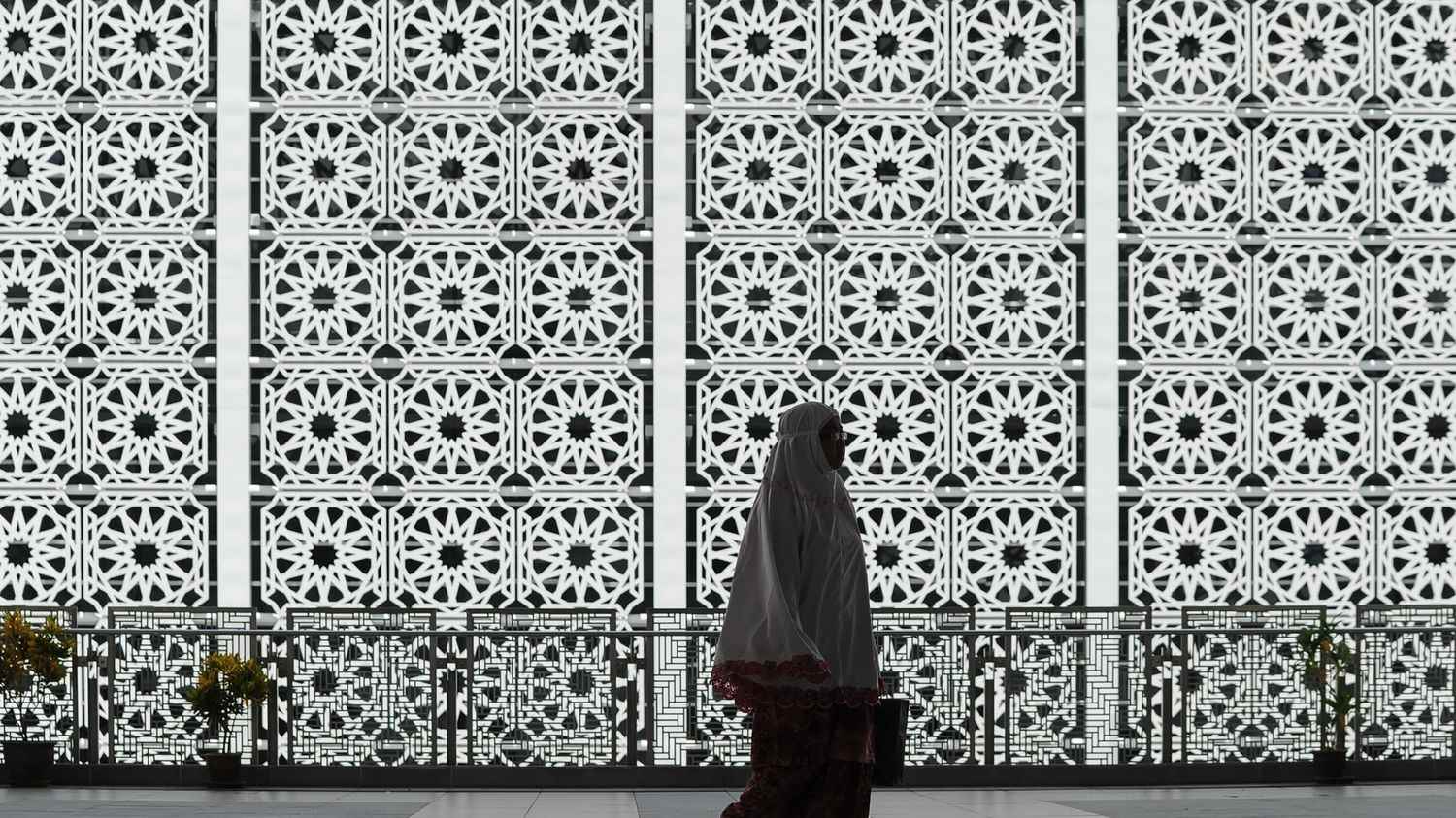In Indonesia, the country with the most Muslims in the world, and in Malaysia, where Islam is the state religion, the Iranian protest movement has aroused the turmoil of certain activists who recall that in Southeast Asia too pressures are growing to force women to wear the veil. The authorities have not mentioned this world news, and publicly discussing the wearing of the veil does not seem to please them so much.
>> “They are there to dominate us, to interfere with our lives”: four Iranian women recount the frequent arrests of the morality police
In Malaysia, the rally in front of the Iranian embassy in support of the protests ended in the summons to the police station of some of its participants. Among them, Siti Kasim, a Muslim Malaysian lawyer not veiled, who is sorry for the lack of echo that the Iranian protest movement has in her country. “It’s really disappointing that the government, the politicians, the mainstream media aren’t even talking about this. Luckily there’s Twitter to know what’s going on there”she explains.
MORAL POLICING/RELIGIOUS TYRANNY
Last night, I went 2 support d Iranians on d death of Mahsa Amini. Shes arrested by Iranian moral police bec she didn’t wear her hijab properly. If u think this will never happen in Msia, think again.#mahsaamini #IranProtests #religioustyannyp pic.twitter.com/WfSUVpT4VU— Siti Kasim (@sitikasim) September 26, 2022
But if the lawyer is disappointed with this political silence in her country, where the majority of her Muslim fellow citizens are now veiled, she is not really surprised: “Year after year I see more and more politicians using the Muslim religion as a tool to induce the majority of the population who are Muslims to vote for them, posing as puritanical defenders of Islam”she denounces.
At present, there is no obligation for Malaysian or Indonesian Muslim women to wear the veil, but it may become compulsory in some provinces for civil servants, or in Indonesia via school. In Indonesia, a country with a secular constitution whose Minister for Women’s Rights is not veiled, the story of a high school student from Sumatra made the headlines. Last year the family of this young non-Muslim girl publicly protested the veil imposed by the school uniform. The Ministry of Education had subsequently signed a decree ensuring the freedom to veil or not for students and teachers across the country, but it was finally rejected by the Supreme Court a few months later.
That the veil thus invites itself into the news remains relatively new in these Muslim-majority countries of Southeast Asia where a few years ago the wearing of the veil was very much in the minority. For researchers who have studied the subject, its generalization is thus explained more by political and societal factors or foreign influences than by religious reasons.
